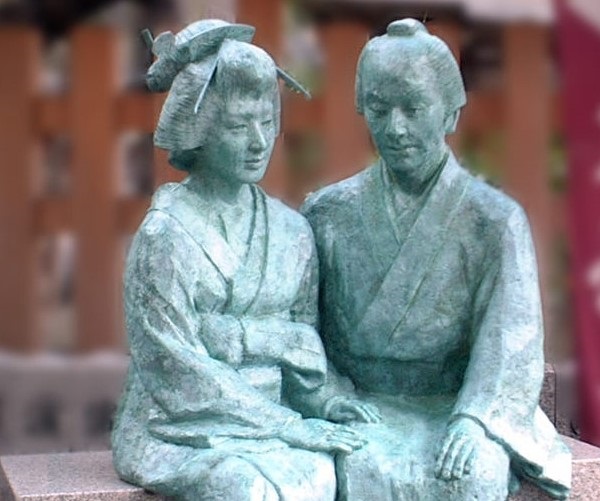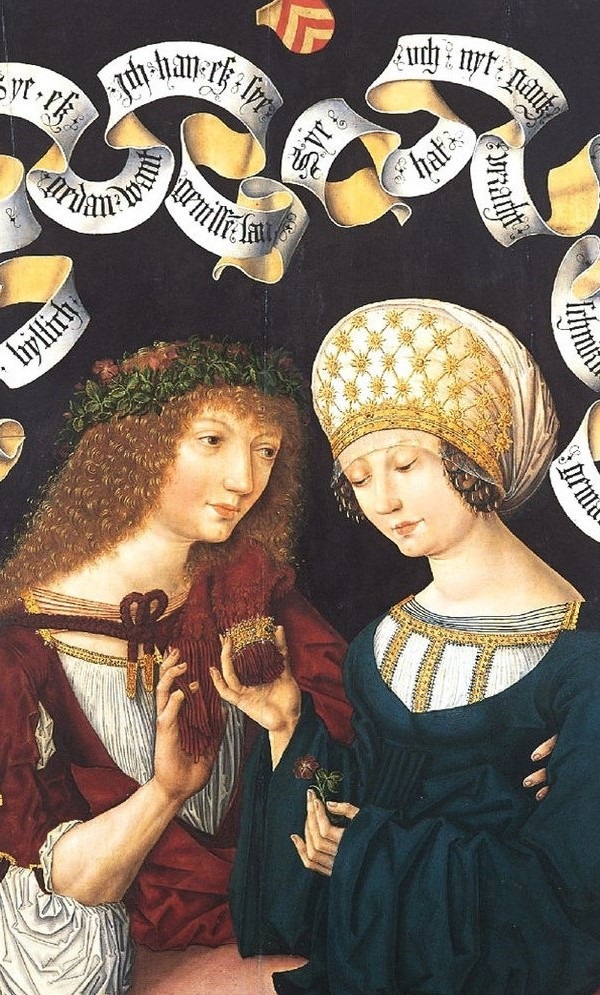Romance is a genre usually looked down upon, or seen as a ‘guilty’ pleasure. Most stories contain the love subplot, but true romance novels are classified as such when the romance acts as the center focus (think Nicholas Sparks). What’s important isn’t the bad boy trying to redeem himself, but the love story that grows with the church girl. How the couple meets, gets together, and overcomes obstacles in order to stay or get back together is why the story is written.
“[Story paper is a] periodical publication similar to a literary magazine, but featuring illustrations and text stories, and aimed towards children and teenagers,” as defined by Wikipedia.
Serials and story papers were an easier way for authors to showcase their work, with a chapter at a time being released in a magazine or newspaper. Even some famous works have gotten their start serialized, including a few novels by H.G. Wells. Romance novels were no different. They weren’t what you’d dub the highest quality, but the works released were the origins for today’s romance novels.

Source: Wikipedia
Some of the common series and story papers from the 1920’s were Love Story Magazine (1922-1947), The Westbury Library (1926-1929), and The Hart Series (1909-late 1920’s). These serials were often aimed at women, and featured several authors. They were so popular that more than 7000 issues were released, with even more titles, from the 1920’s to 1960.
Bertha M. Clay, Charles Garvice, and Winifred Van Duzer were a few such authors notable for their time on story papers. Clay, otherwise known as Charlotte M. Brame, wrote several romance stories, including her most notable work Dora Thorne. Brame also went on to write hundreds of others stories under multiple pseudonyms.

Source: Wikipedia
Charles Garvice produced over 150 novels, including 25 that he wrote under the pseudonym Caroline Hart. Despite writing around twelve novels a year, critics called his work predictable, with modern critic Laura Sewell Matter referring to his work as boring, yet his work received bestselling status.
One of the writers that also contributed romantic serials during the 1920s was Winifred Van Duzer who later published Our Dancing Daughters and The Good Bad Girl. Duzer was known for her creativity and old fashioned messages. The Good Bad Girl contains a common romantic plot device: a mild mannered girl named Mimsi Marsh moves to the big city from a small town, sharing a place with another young woman named Trixie True. Aside from the whimsical names, the novel contains horrendous murders, drugs, and stalking. Duzer novels are hard to find, but if you’re interested or a collector, try Yesterday’s Gallery.
These authors are almost forgotten about today. No many people have heard of them, despite the fame they once had. But if it wasn’t for Charles Garvice, Winifred Van Duzer, Bertha M. Clay, and the other writers who contributed to story papers and serials, the romance genre may not be the same. These authors wrote what they wanted even if they received criticism, and helped define a genre.
YouTube Channel: Book Riot
Featured image Pixabay



